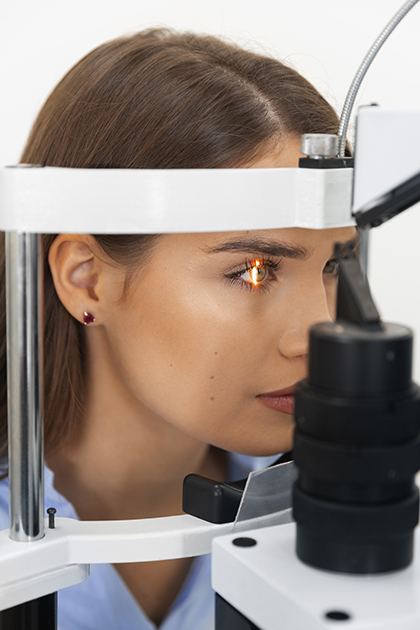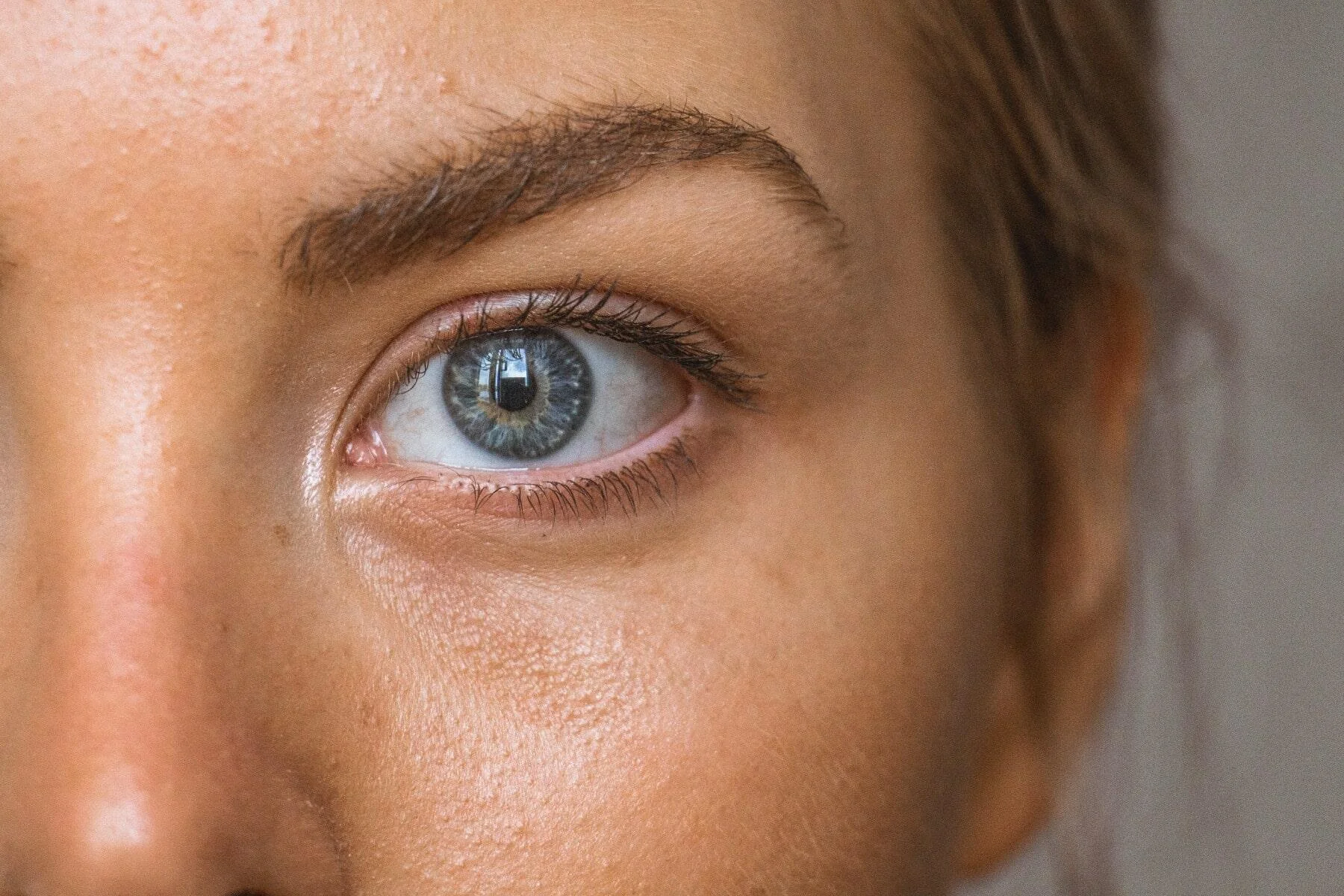

Keratoconus is a progressive eye disease characterized by the thinning and forward bulging of the cornea over time. This deformation of the cornea leads to a distortion in its shape, reducing visual quality. It typically begins at a young age and may progress gradually. With early diagnosis and appropriate treatment, the progression of the disease can be slowed, and visual quality can be preserved.
Overview of Treatment
Typically begins between the ages of 10 and 30
Treatment is needed if vision cannot be adequately corrected with glasses or lenses
It is a progressive condition
Treatment is planned based on the stage of the disease
In early stages, contact lenses may be sufficient
In moderate to advanced stages, surgical methods may be required
Corneal transplantation is considered in the final stage
How Is Keratoconus Treated?
The goal of keratoconus treatment is to strengthen the corneal tissue and stop the progression of the disease. The treatment method depends on the severity of the condition.
Local anesthesia is applied with eye drops. The procedure is painless.
In moderate keratoconus, special half-moon-shaped rings are inserted into the cornea to support its structure and improve visual quality.
This method is used in progressive keratoconus. The corneal tissue is strengthened with riboflavin drops and ultraviolet (UV) light. It slows or halts the progression of the disease.
In patients with severely thinned and distorted corneas, partial or full-thickness corneal transplantation may be performed to restore vision.
The recovery period varies depending on the treatment applied. Relief is typically experienced within a few days after cross-linking. Vision quality improves within a few weeks after ring implantation. Recovery after corneal transplant takes longer and requires close monitoring.
